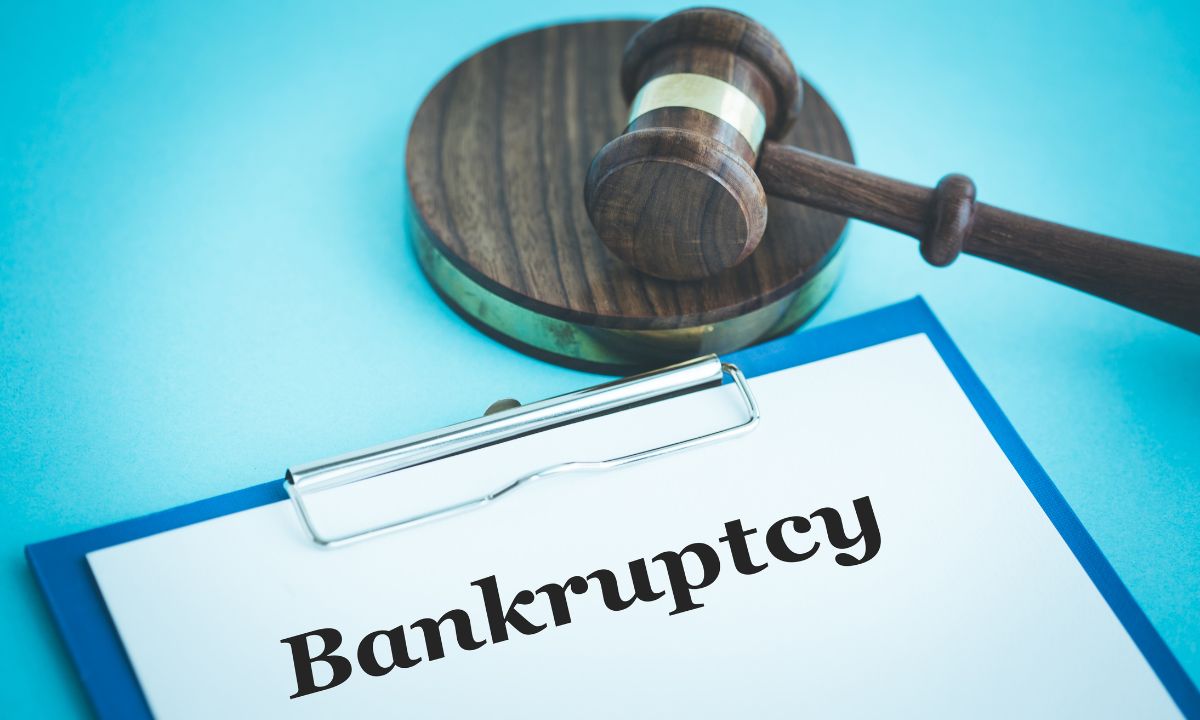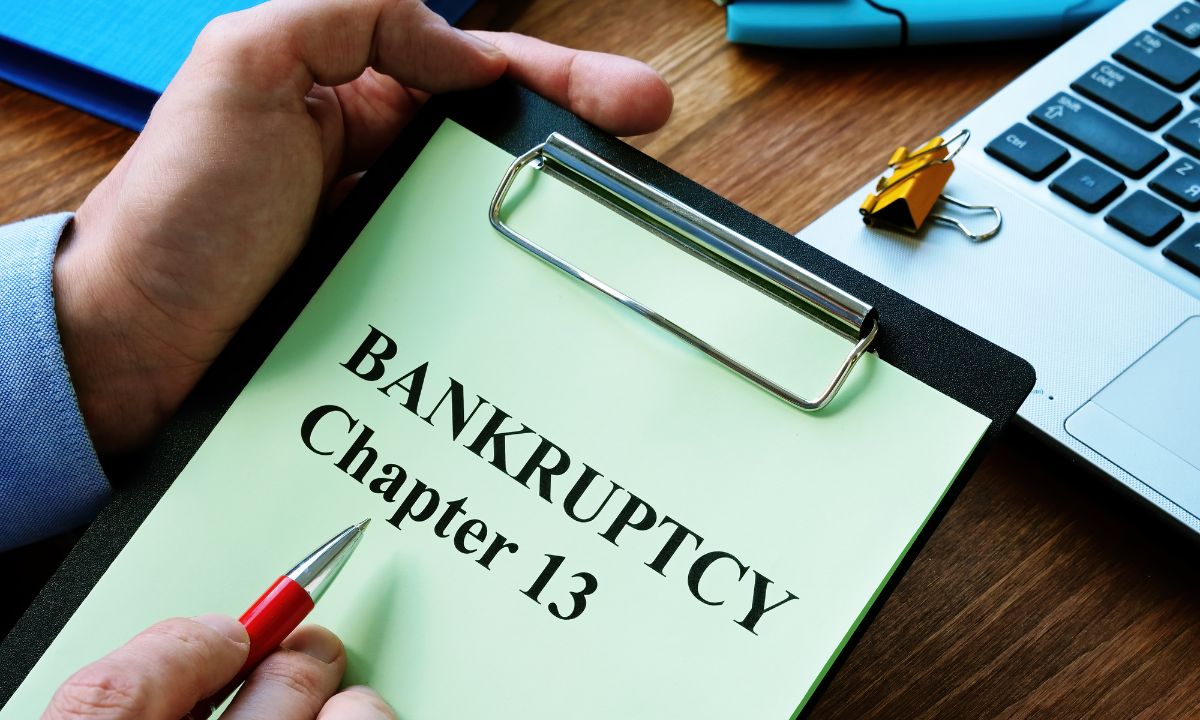Steps to Secure a Mortgage After Bankruptcy
 Experiencing bankruptcy can feel like a significant setback, but it doesn’t mean the end of your dream to own a home. With time, effort, and careful planning, you can rebuild your financial foundation and secure a mortgage. Here are some key steps to guide you through the process of buying a home after bankruptcy.
Experiencing bankruptcy can feel like a significant setback, but it doesn’t mean the end of your dream to own a home. With time, effort, and careful planning, you can rebuild your financial foundation and secure a mortgage. Here are some key steps to guide you through the process of buying a home after bankruptcy.
Step 1: Get a Professional Credit Assessment
After your bankruptcy is discharged, there is typically a waiting period before you can apply for a mortgage—usually two years for Chapter 7 bankruptcy and as little as one year for Chapter 13, depending on the loan type. Use this time to focus on improving your credit score.
Your credit report will be closely scrutinized by lenders, so taking proactive steps to improve it is essential. The better your credit profile, the more likely you’ll be approved for a mortgage—and with better terms.
Step 2: Create and Stick to a Monthly Budget
Rebuilding financial stability after bankruptcy starts with creating a budget. A clear budget helps you manage your income and expenses, ensuring you don’t overextend yourself and remain on track toward homeownership.
Start by listing all your sources of income and subtracting your necessary expenses, such as housing, utilities, and groceries. Use budgeting tools like apps or spreadsheets to make tracking your finances easier. The goal is to allocate a portion of your income toward savings for a down payment and other home-buying costs.
Step 3: Save for a Down Payment
Saving for a down payment is one of the most critical steps in securing a mortgage after bankruptcy. A larger down payment reduces the lender’s risk and shows your commitment to the home-buying process.
The amount required for a down payment depends on the loan type and home price. Conventional loans often require around 20%, but some government-backed loans, like FHA loans, may allow down payments as low as 3.5%. Start saving as early as possible to meet your target amount.
A substantial down payment not only increases your chances of approval but may also qualify you for better interest rates and loan terms.
Step 4: Maintain Financial Discipline
Once your bankruptcy is discharged, maintaining strict financial discipline is crucial. Avoid unnecessary purchases, pay off any remaining debts, and refrain from opening new lines of credit.
Staying disciplined also helps improve your credit score over time, which is vital for qualifying for favorable loan terms and interest rates.
Step 5: Stay Positive and Patient
Rebuilding after bankruptcy is not an overnight process. It takes time, patience, and dedication to improve your financial health. However, by following these steps and staying committed to your goals, homeownership can become a reality.
Remember, your financial past does not define your future. With the right plan and support, you can move forward, secure a mortgage, and build a brighter future in the home of your dreams.

 Filing for Chapter 13 bankruptcy can be a challenging experience, but it doesn’t mean the end of your dreams of homeownership. While the path to securing a mortgage after Chapter 13 might seem daunting, with careful planning and dedication, it’s entirely possible. Here’s how you can prepare yourself for a successful loan application and rebuild your dream home.
Filing for Chapter 13 bankruptcy can be a challenging experience, but it doesn’t mean the end of your dreams of homeownership. While the path to securing a mortgage after Chapter 13 might seem daunting, with careful planning and dedication, it’s entirely possible. Here’s how you can prepare yourself for a successful loan application and rebuild your dream home.